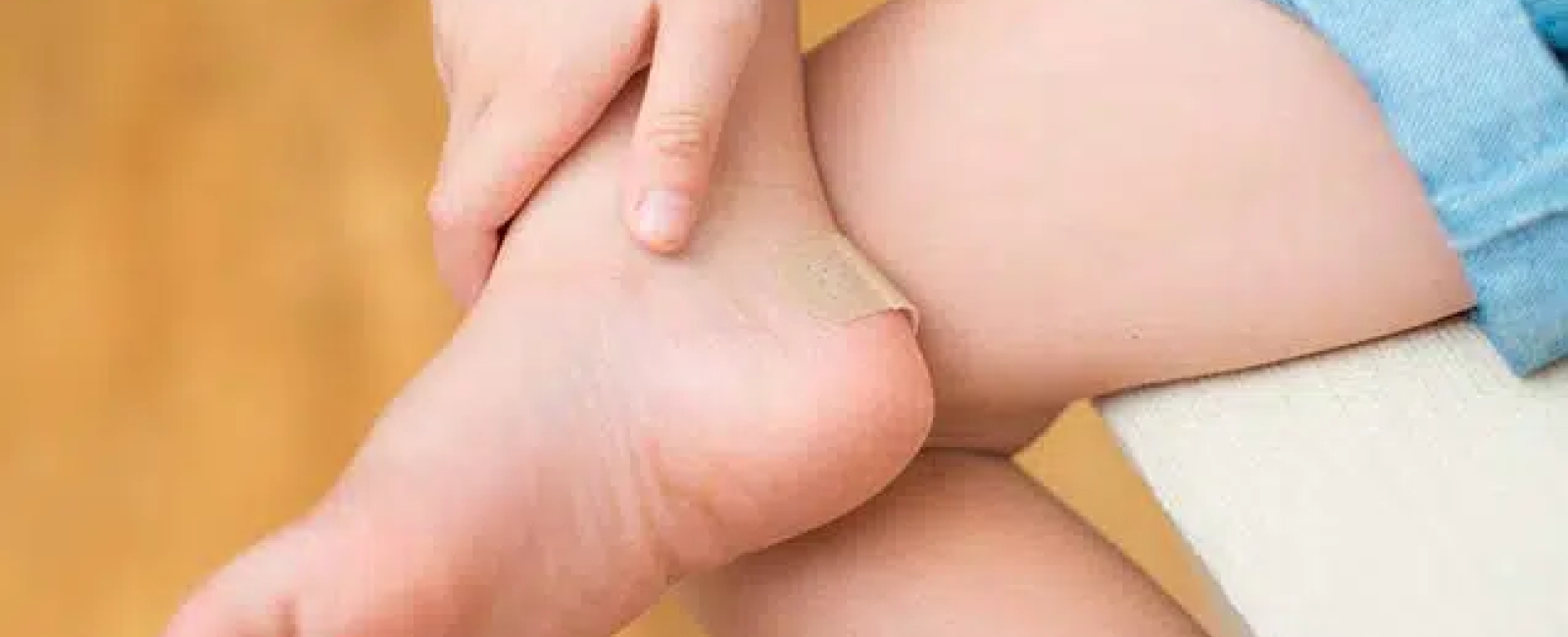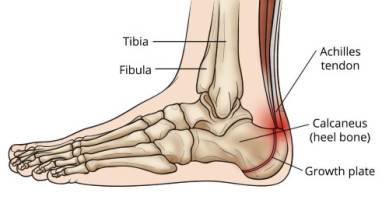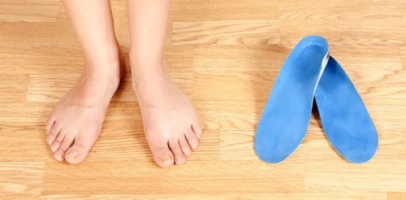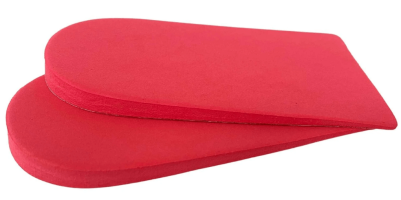
Heel Pain in Kids: Could It Be Sever's Disease?
Is your child complaining about pain in the back of their heel?
Is your child complaining about pain in the back of their heel? Have you noticed them limping or favouring one leg after extended periods of activity? If so, there's a good chance they might be dealing with a common condition known as Sever's disease, or Calcaneal apophysitis.
Understanding Sever's Disease
Sever's disease is a self-limiting condition that typically affects children aged 8 to 14. It occurs when the Achilles tendon, which connects the calf muscle to the heel bone, is in an active phase of development, transitioning from cartilage to bone. During this phase, the attachment area (known as the apophysitis) can become painful and tender. This often happens during growth spurts or when a child is particularly active, leading to increased pressure on the apophysitis.

Factors Contributing to Sever's Disease
Several factors can contribute to the development of Sever's disease in children, including:
Height/Weight: An increased BMI can put extra load on the Achilles tendon.
Age: Sever's disease primarily affects children between the ages of 8 and 14, typically during pre-pubescent and puberty phases.
Physical Activity: If your child has significantly ramped up the volume, intensity, or frequency of their physical activities, it can strain the Achilles tendon.
External Factors: Changes in footwear, such as switching to shoes with lower heel heights (e.g., football boots) or going barefoot, can increase stress on the apophysitis due to greater stretching of the Achilles tendon.
Foot Posture: Children with excessively flat or high-arched feet may be more susceptible to Sever's disease.
Treatment Options
If your child is experiencing Sever's disease, there are several treatment options available:
Biomechanical Assessment: Our expert team at FOOT WELLBEING can perform a comprehensive biomechanical assessment, examining everything from the hips down. This allows us to identify the root cause of the condition and not just address the symptoms.
Orthosis: We can provide custom-made foot orthoses to offer structural and functional support, helping realign posture into optimal mechanics.

Exercise Program: A personalized exercise program can target specific muscles, either to build strength or improve flexibility to achieve the desired outcome.
Heel Lifts: These can offer short-term relief by reducing the load on the posterior compartment of the foot.

Footwear Advice: We can provide guidance on selecting the right footwear to support your child's specific foot type, considering their current foot posture.
In conclusion, if your child is experiencing heel pain, it's essential to consider Sever's disease as a potential cause. With the right assessment and treatment plan, you can help your child manage their pain and get back to enjoying their active lifestyle.
If you need any further information, please contact us on 03 9931 1385 or info@footwellbeing.com.au or visit us at 271 Barkly Street Footscray VIC 3011 to chat to our lovely staff.

